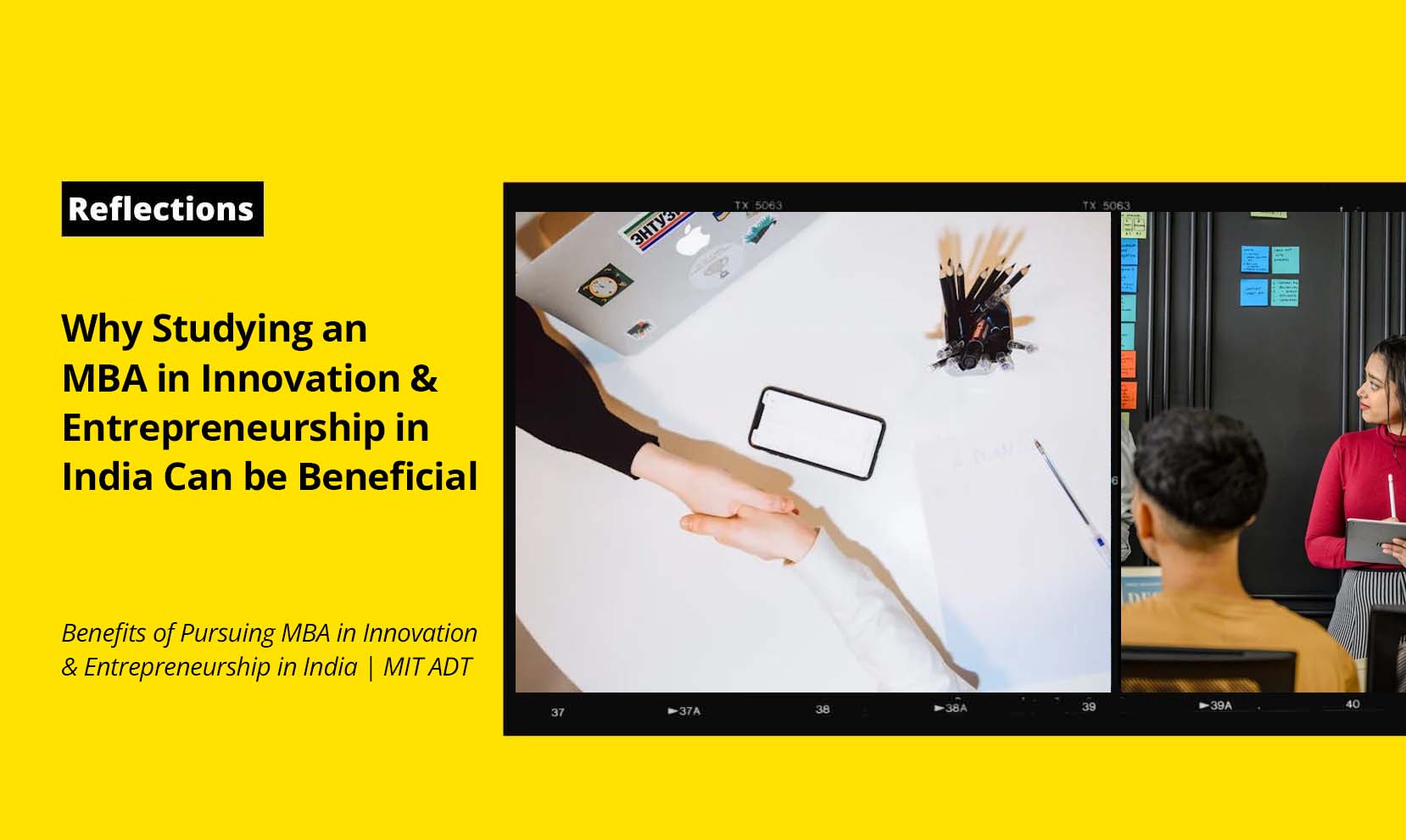Know About Design Thinking in Education
Design Thinking in Education is a method for defining and resolving difficult problems. Design thinking entails creating a large number of thoughts. Teachers educate students to describe challenges with an open mind, construct prototypes, and refine them via numerous iterations until they have a viable solution. It places a strong emphasis on rapid prototyping and learning from mistakes.
Design thinking assists school administrators in resolving institution-based issues, improving the value of the curriculum for students, and instilling design thinking abilities in them. The concept of “failing forward” teaches students resilience. A design thinking programme instils real-world problem solving in students and teachers.
Importance of Design Thinking in Education
Design thinking holds significance in the field of education in a number of ways. Some of them are:
- Design thinking is the belief that everyone can contribute to a better-desired future and a method for taking action when confronted with a challenging task.
- In education, that type of optimism is desperately required. From teacher feedback systems to daily routines, classrooms and schools worldwide face design issues.
- No matter where they fall on the scale, educators’ obstacles are genuine, complex, and varied. As a result, they necessitate fresh viewpoints, tools, and techniques.
Benefits of Design Thinking in Education
There are some undeniable benefits of design thinking in education that you need to be aware of. These include:
- Design thinking enables students to be open-minded and balanced by focusing on multiple ideas rather than just one, even if they aren’t all brilliant.
- This is far more efficient than investing all the effort on one idea that may or may not be required; instead, open and outward thinking can lead to multiple good ideas.
- Empathy is the need of the hour. We can acquire empathy without even recognizing it by teaching empathy through design thinking.
- Design thinking helps students to be innovative and come up with new solutions to challenges.
How Does Design Thinking in Education Work?
- It is based on the development of robust creative confidence. According to educators who have used it in the classroom, design thinking encourages:
- Innovation
- Problem-solving
- Creativity
- Teamwork
- Educators also regard design thinking as a constructivist learning technique or strategy because it motivates students:
- To explore and solve problems
- Be open to new ideas
- Be imaginative and creative.
- Design Thinking in the middle school classroom impacts how students engage in the learning process, stimulating creativity and innovation while also fostering teamwork by encouraging students to listen, take chances, and share ideas with their peers.
Design Thinking in Education as a Process
- Design Thinking in Education is a dynamic and non-linear paradigm that follows a five-step iterative process:
- Empathize
- Define
- Ideate
- Prototype
- Tests
- It is a method of teaching that focuses on building students’ creative confidence through hands-on design challenges that:
- Encourage empathy
- Promote action bias
- Encourage creativity
- Create metacognitive awareness
- Stimulate creative problem-solving
- It is used for resolving problems and challenges in a practical, innovative manner to achieve a better result. It doesn’t follow the sequential waterfall model, in which progress is regarded as pouring downwards.
About MIT ID Innovation
MIT ID Innovation is a leading Indian university in design, innovation, and digital transformation. It is not only a place that installs principles of hard work and dedication in its students but also an institution that tries to grow and nourish them holistically. The institute’s courses in Design Thinking include thorough coursework, practical projects, and strong experience. With skilled professors, we provide a one-of-a-kind immersive learning experience. This encourages hands-on learning and offers unparalleled assistance to its students!



